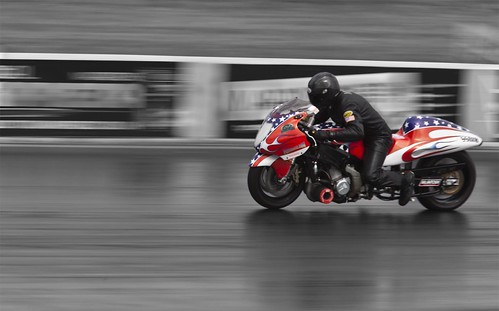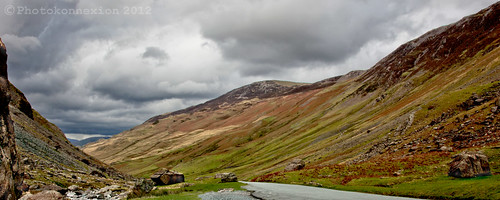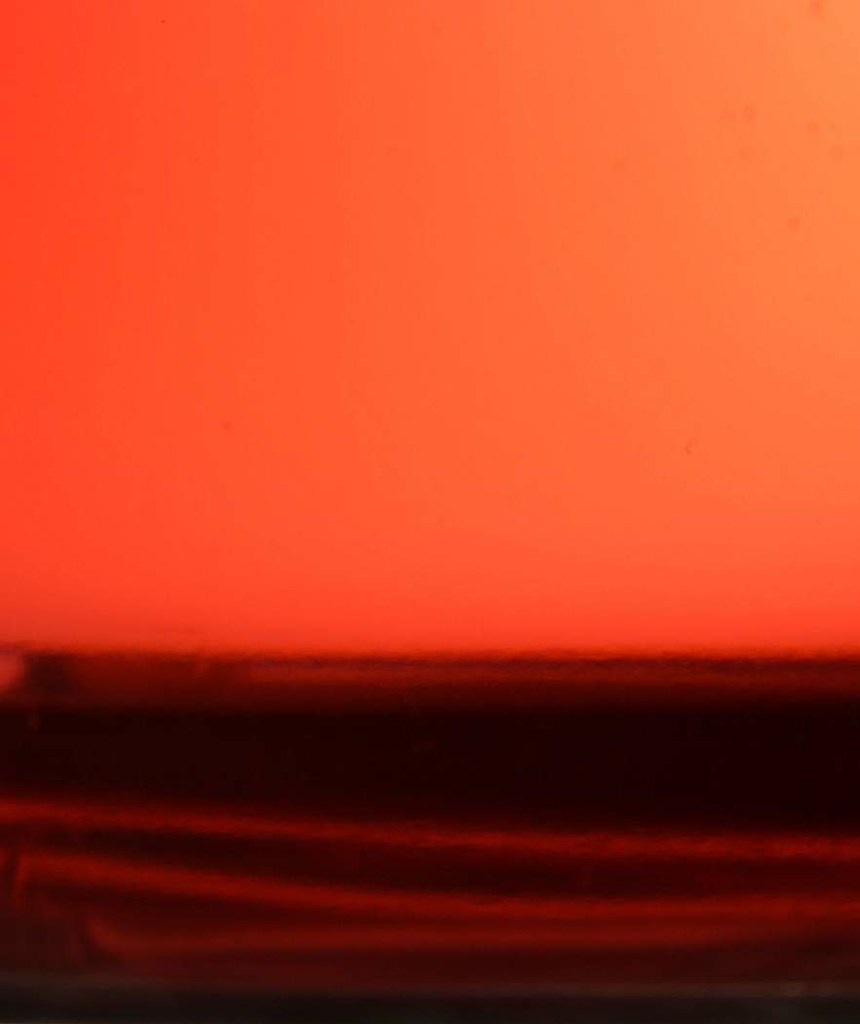
• Passing Boats •
Click image to view large
• Passing Boats • By Netkonnexion on Flickr ![]()
You can fool the brain into seeing beyond the frame…
The eye is trained to see sideways and the brain to imagine things we cannot see. The eye/brain system sees things that are peripheral to our vision – or beyond the frame.
Major compositional impact
When we see a picture containing things we expect to be extensive we make a leap of imagination. Although a picture is quite small the content takes the imagination beyond the frame – possibly to infinity. The picture above is an example. One of the boats is heading close to a substantial rocky outcrop. You cannot see it in the picture and get the impression that they are both sailing into open water. Our knowledge of the sea and the fact that we see no break in the picture we get the impression that it is clear open water.
The use of continuous patterns, open/extensive scenes and continuous lines can take the imagination beyond the frame. It makes a picture have a much larger aspect in our mind than might actually be there. The feeling of extensiveness which takes the imagination beyond the frame is down to how you crop or frame your photo.
In the next picture the stones are cropped so they are continuously cut off on the edge of the image. It gives the impression of a great expanse – a whole beach – extending beyond the frame.

• Stones and shell •
Click image to view large
• Stones and shell • By Netkonnexion on Flickr ![]()
In fact the picture was taken on a beach so the impression is realistic and effective. However, in the next picture the roof looks as if it might extend to infinity.
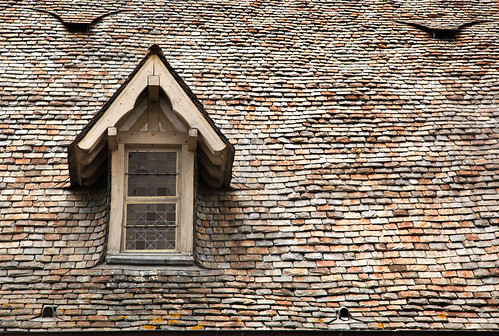
• French Roof •
Click image to view large
• French Roof • By Netkonnexion on Flickr ![]()
The lines and roof tiles give you the impression that the roof extends way beyond the edges of the frame. In fact it is cropped to look like that. The actual house edges are just beyond the frame on each side. But the implied size fools the eye.
You can also give the impression of more when you don’t have more with lots of little things. In the next picture I leave you to imagine how far the rubber bands extend either side. Do they really go far beyond the frame?
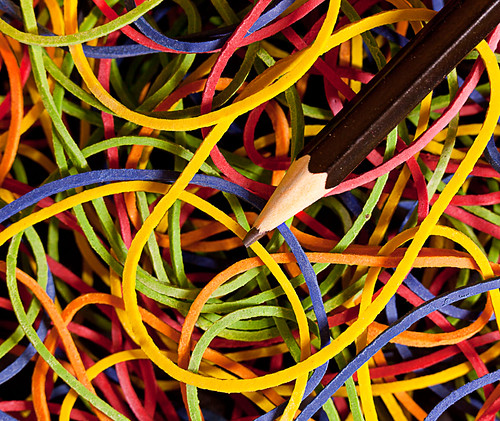
• Rubber Bands •
Click image to view large
• Rubber Bands • By Netkonnexion on Flickr ![]()
In this example the crop, and the pencil, still allows you to see beyond the frame of the picture. Yet it does seem to limit the view a bit. The fact that we normally don’t view a sea of rubber bands in our minds eye, puts limits on the extent of them beyond the frame. The pencil also seems to stop the view being truly extensive beyond the frame.
The limits of the implied expanse
The crop or framing of the picture is crucial to patterns, continuous lines and extensive scenes which open implied spaces in our images. You have to ensure that nothing intrudes into the picture to terminate the view. Had you seen the rocky outcrop in the top picture you would have had your imaginary journey foreshortened on one side of the picture. The pencil provides a limiting scale to our thinking which also foreshortens our vision outside of the frame.
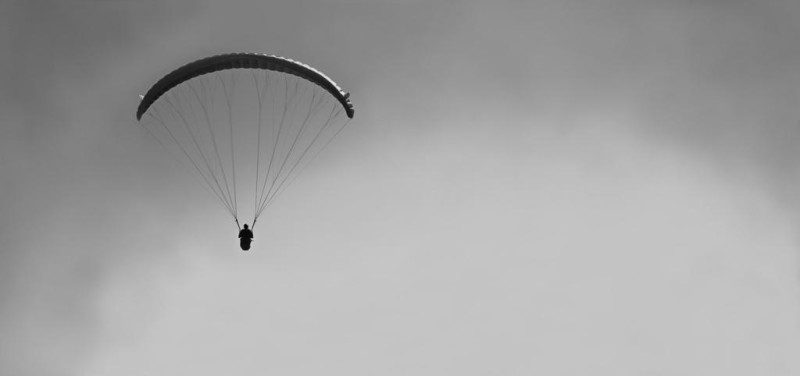
• Paraglider •
Implied infinity created by openness gives a great sense of freedom to a picture.
Openness
What is lovely about this compositional idea is that when we have a truly extensive potential in a scene our imagination plays wonderful tricks of escapism, freedom and openness. It can really set us free when we see a scene like this. However, it can be ruined if we put in something which limits our imaginary journey out of the scene.
Comments, additions, amendments or ideas on this article? Contact Us
Start Photokonnexion email subscription now!
Photokonnexion Photographic Glossary – Definitions and articles.
Composition resources on Photokonnexion
We would love to have your articles or tips posted on our site.
Find out more…
Write for Photokonnexion.



